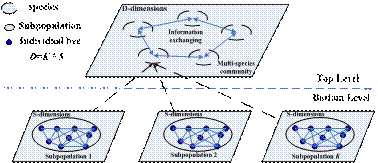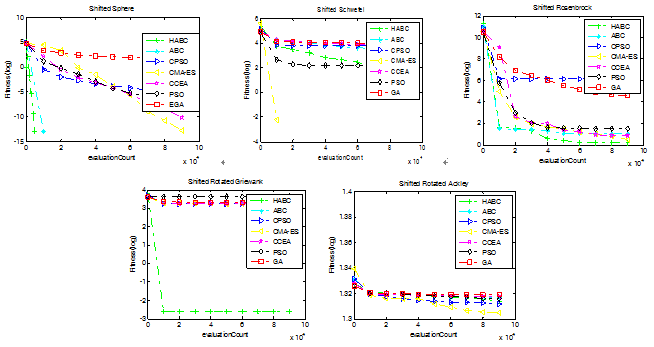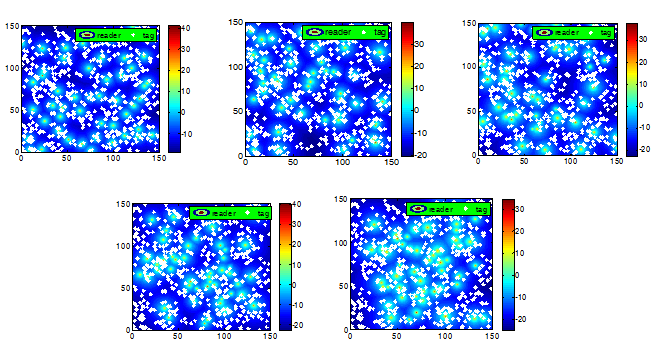Radio frequency identification (RFID) network planning (RNP) has been a challenging issue for the operation and management of the large-scale Internet of Things (IoT), which is proven to be a NP-hard problem. Specifically, the RNP problem can be formulated as a high-dimensional nonlinear optimization problem with a large number of variables and uncertain parameters.
Recently, evolutionary computation (EC) and swarm intelligence (SI) techniques for solving RNP problem have gained increasing attention, such as genetic algorithms (GA) evolutionary strategy (ES) and particle swarm optimization (PSO) algorithms. It is noted that some scholars propose other methods to dispose similar problems, such as bipartite graph. However, with the increasing number of the deployed readers and tags in the large-scale RFID deployment environment, the degree of complexity for solving the RNP optimization increases exponentially. The previous methods to solve the RNP optimization are incompetent for being prone to premature convergence.
To deal with this issue, the researchers from Shenyang Institute of Automation, the Chinese Academy of Sciences (CAS) propose a novel optimization algorithm, namely hierarchical artificial bee colony optimization, called HABC, to tackle such large-scale RNP problem. In the proposed multi-level model as shown in Fig.1, the higher-level species can be aggregated by the subpopulations from lower level. In the bottom level, each subpopulation employing the canonical ABC method searches the part-dimensional optimum in parallel, which can be constructed into a complete solution for the upper level. At the same time, the comprehensive learning method with crossover and mutation operators is applied to enhance the global search ability between species.

Fig.1 Hierarchical optimization model (Image provided by MA Lianbo et.al)
Experiments are conducted on CEC2005 benchmarks suit and a real-world RNP case as shown in Fig.2 and Fig.3.

Fig. 2. The results of all algorithms on Cd500 with the combined objective function. (a) result of HABC; (b) result of PS2O; (c) result of EGA; (d) result of CCEA; (e) result of PSO. (Image provided by MA Lianbo et.al)

Fig. 3. The results of all algorithms on Cd500 with the combined objective function. (a) result of HABC; (b) result of PS2O; (c) result of EGA; (d) result of CCEA; (e) result of PSO. (Image provided by MA Lianbo et.al)
In Fig.2, such benchmarks are identified by high dimensions (100D). The results demonstrate that the proposed HABC obtains remarkable performance on most chosen benchmark functions in terms of accuracy and convergence rate when compared to several successful swarm intelligence and evolutionary algorithms.
Then HABC is used for solving the real-world RNP problem, namely Rd500, which contains 500 randomly distributed tags in a 150m×150m working space. In this RFID application, we model four objective functions including coverage, interference, load balance and aggregate efficiency via regulating the parameters of RFID networks, then the overall optimal solution for RNP is constructed by a linear combination of the four objective functions. Simulation results in Fig.3 show that the proposed algorithm is superior for planning RFID networks, in terms of optimization accuracy and computation robustness.
This work was published on the journal of The Scientific World Journal, Volume 2014 (2014), Article ID 941532, 21 pages.This work is supported in part by the Natural Science Foundation of China under Grant 61105067 and 61174164.
CONTACT:
Ma Lianbo
Shenyang Institute of Automation, the Chinese Academy of Sciences
Email: malianbo521@gmail.com